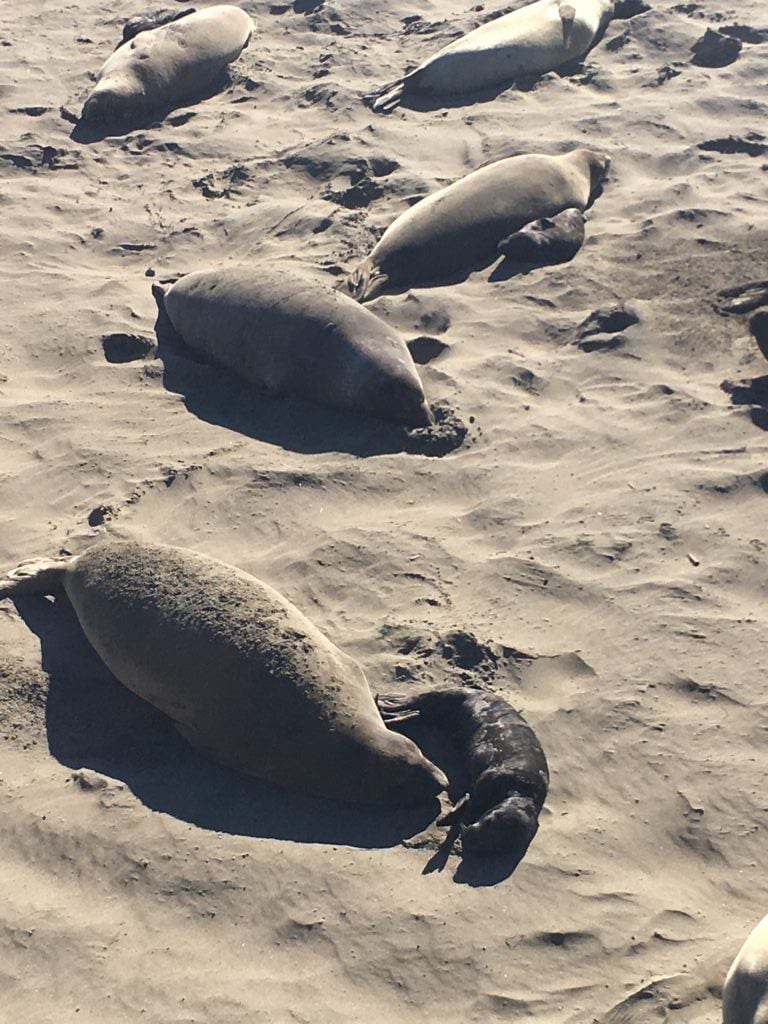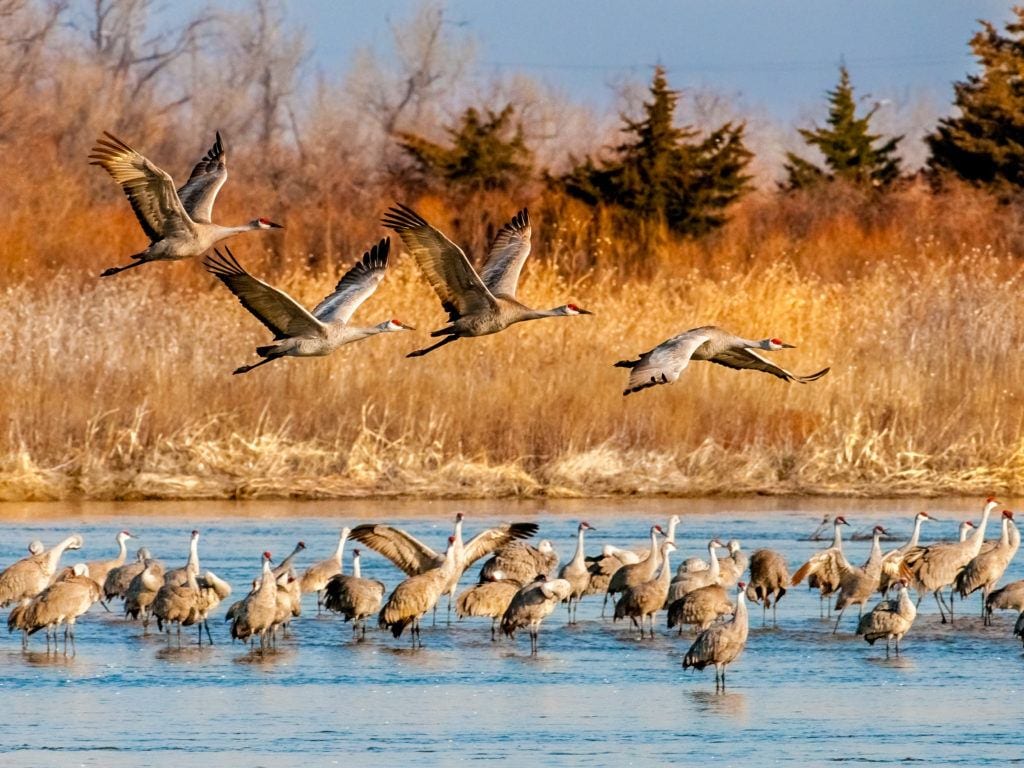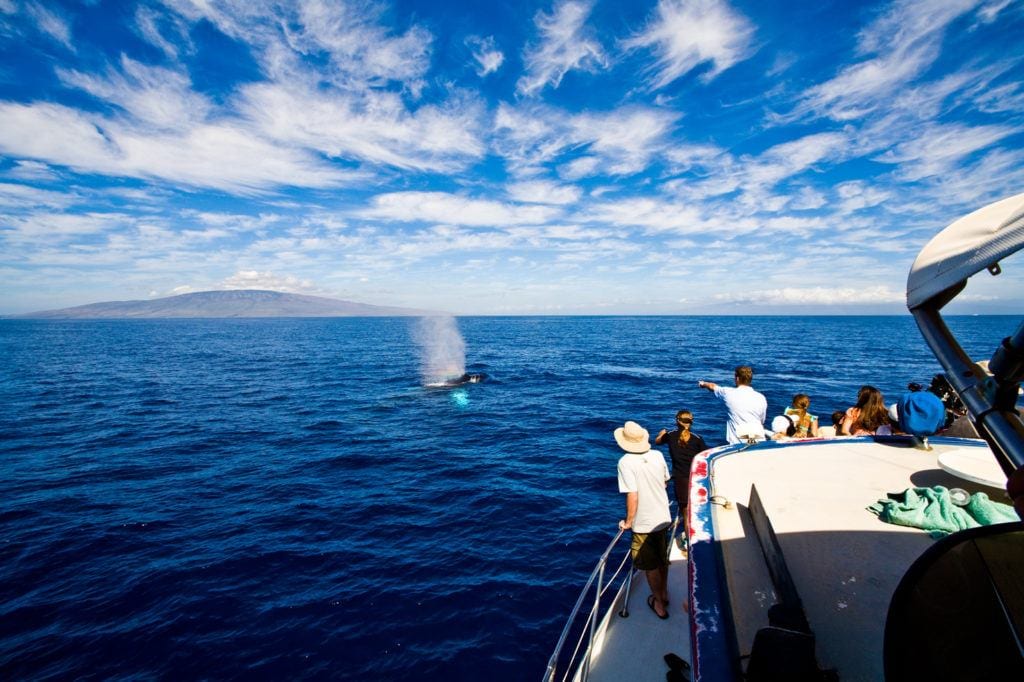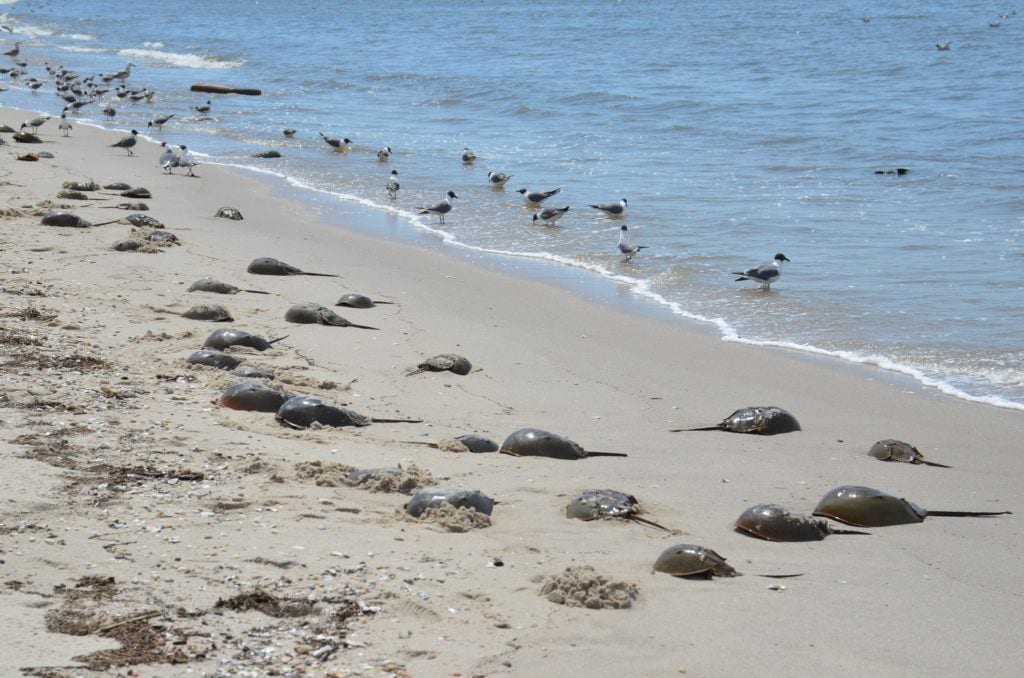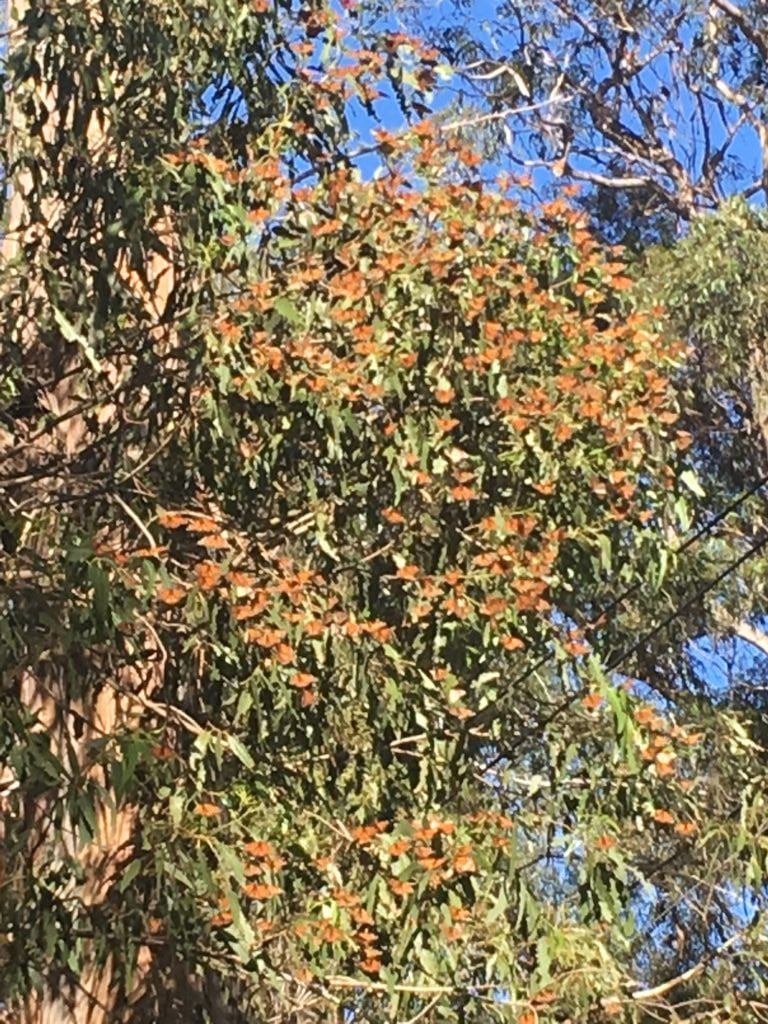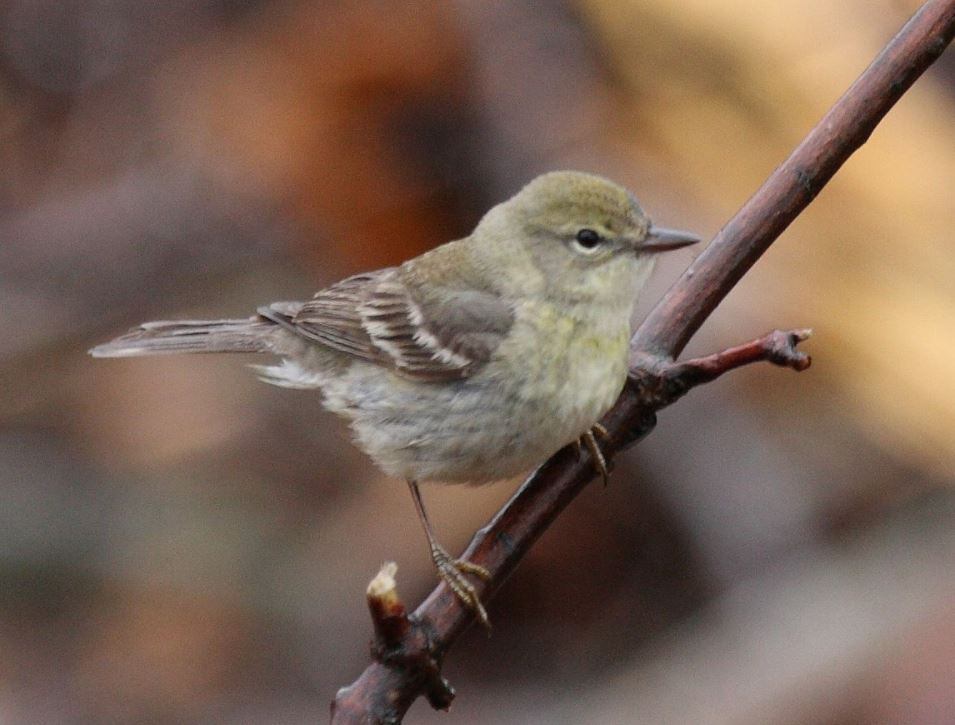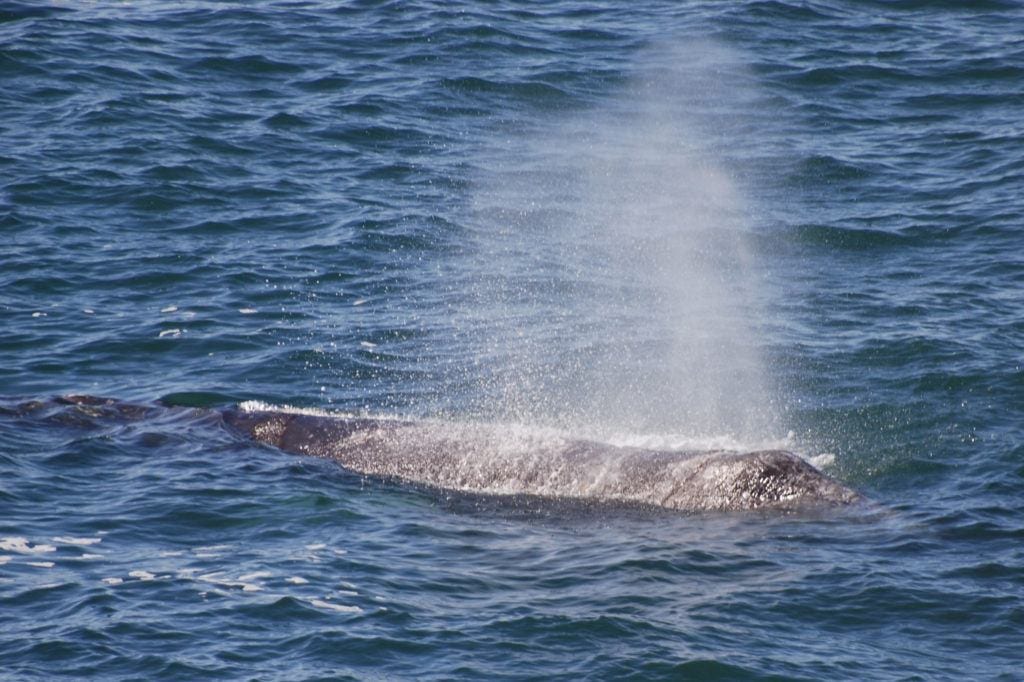Travel Tips
7 of the Best Places to Witness Wildlife Migration Paths for Families in the United States
OLYMPUS DIGITAL CAMERA
Every year sees tens of thousands of animals and birds move around the country as they head to sunnier climes and breeding grounds.
If you pick the right time, you and your family should be able to witness these migrations up close – and in my experience nothing is better than seeing nature in its natural habitat. Plan the dates ahead of time and you’ll get a front row seat to some of the most breathtaking sights in the world.
My family and I love to immerse ourselves in nature and because we are based in Los Angeles we have plenty of opportunity to explore the world’s natural wonders. Here are some of the migrations we’ve witnessed.
Elephant Seals in San Simeon, CA.
Every year around 23,000 elephant seals gather on California’s central coast near San Luis Obispo, to mate and give birth. If you’re heading to Hearst Castle and the surrounding areas chances are you’ll be able to catch sight of these huge, sluggish sea creatures.
A few of the seals live here year round but between October and March their numbers swell considerably meaning that you’ll almost certainly catch a glimpse of them as they recline with their young on the rocky beach near San Simeon.
They gather in the hundreds at the elephant seal rookery which is 1.5 miles south of Piedras Blancas State Marine Reserve (about 90 miles south of Monterey and five miles north of Hearst Castle).
There are viewing areas where you can get a really good look at these gummy, bulbous-nosed creatures as they look after their young. Docents from Friends of the Elephant Seal are on hand to help visitors get the most from their viewing experience. The viewing areas are open every day of the year, are wheelchair accessible and no reservations are required.
To view their elephant seal cam, click here.
Sandhill Cranes in Nebraska
This midwestern state that encompasses the Great Plains, sees 80% of the world’s half a million Sandhill Cranes roost along the Platte River. Coming up from Mexico, Texas, New Mexico, Arizona, and California the cranes arrive around Valentine’s Day and are gone by mid April. They use their two month stay to pack on weight before continuing their journey north. Cranes mate for life so they travel as families and some eventually fly as far as Siberia.
Head to the Rowe Sanctuary, which is situated between the towns of Kearney and Grand Island; its mission is to conserve and restore the Platte River ecosystem, focusing on cranes, other wildlife, and their habitats.
This year in particular is a perfect time to go crane watching; 2018 is the year of the bird and the sanctuary has joined with the Cornell Lab of Ornithology, BirdLife International, and many other partners, in honor of the centennial of the Migratory Bird Treaty Act.
Starting at $35 you can join crane-sighting tours at the sanctuary along the river. Check out their crane cam.
Humpback Whales in Maui, Hawaii
Between November and May you can see humpback whales at the Hawaiian Islands Humpback Whale National Marine Sanctuary in Kihei, Maui. My family and I fell in love with Maui which is beautiful and has nature in abundance. Managed by the National Oceanic and Atmospheric Administration (NOAA), which looks after the waters around the Hawaiian Islands, this picture-perfect sanctuary makes for essential shoreline viewing.
The humpback whales migrate to Hawaii to mate and give birth. The nursing mothers usually arrive first, followed by their young, then adult males, and finally the pregnant females arrive. Whales are creatures of habit and will return to the same area where they were born.
The whales here are North Pacific humpbacks and in May they make a 2,800 mile trip to southeastern Alaska, so they can feed at the Glacier Bay National Park (so if Hawaii isn’t your thing, then you can also find them in Alaska).
There are many whale watching boat trips you can book off the coast of Maui but at the Kihei visitor’s center, which is open Monday to Friday from 11am to 3pm, you can view exhibits and also learn about the efforts by the State of Hawaii to protect humpback whales, monk seals, sea turtles, and coral reefs.
Horseshoe Crabs, Delaware Bay
The Delaware Bay is the largest spawning area not just in the States but the world for Horseshoe crabs. The crabs arrive between May 1 through June 15 to lay their eggs. The Horseshoe crab migration is truly one of the wildest spectacles of nature you’ll ever see. Horseshoe crabs are large creatures with a hard shield and sharp pointed antennae. Because of their origin 450 million years ago, they are considered living fossils.
Their spring migration in an estuary of the Delaware River, that cuts through New Jersey and Delaware, also brings the Red Knot shorebird, who feast on the crab eggs and use them as fuel to power north for their own migration.
The non-profit Delaware Audubon Society suggests that the best place to see the crabs spawn is the DuPont Nature Center in Mispillion Harbor. The center has an observation deck and many exhibits about both the crabs and shorebirds. Other noted locations for seeing both include Slaughter Beach, Bowers Beach, Ted Harvey Wildlife Area/Kitts Hammock, Port Mahon Road and Fowler beach.
In addition to the hungry Red Knots, you may also see sandpipers, sanderlings and ruddy turnstones.
If you want to help the Horseshoe Crabs as they breed you can join volunteers in New Jersey who ‘flip’ crabs that have been washed ashore the wrong side up.
Monarch Butterflies, Pismo Beach, CA.
An oasis located off Highway 1 at the southern edge of Pismo Beach, the Monarch Grove is a spectacular nature destination that I loved visiting with my husband and ten year old son. Hordes of colorful Monarch butterflies migrate here from October through to February each year and on their last official count (the 2016 season) the grove had seen around 28,000 butterflies (only outweighed by their 80,000 visitors per season).
These undeniably beautiful orange and black butterflies visit Pismo to seek shelter from the freezing northern winters. They cluster in the Eucalyptus trees, hanging from the branches, which provide shelter from the rain as well as providing warmth as they gather in such huge numbers.
The Monarchs that visit Pismo Beach have a life span of six months as opposed to that of common Monarchs who live only six weeks – and seeing them in such huge numbers is exhilarating. At the Monarch Grove you can join guided tours with the Docent Trailer opening at 10amand closing at 4pm daily. Educational talks are scheduled at 11am and 2pm each day, weather permitting.
Warblers in Central Park, New York
With a city as busy as New York it can be difficult to spot any kind of wildlife – aside from the type that root through your trash – but if you’re in the Big Apple during the spring birding is one activity you should try.
Central Park – famously known as the lungs of New York City – attracts many birds including 30-plus species of warblers. These beautiful creatures have been stopping at the 843-acre park in Manhattan for decades now during spring migration before heading north.
Head to The Ramble and Lake, a 36-acre, heavily wooded area in the middle of the park, that is quieter than other areas and known for attracting more of our feathered friends than tourists. Approximately 230 species of birds have been seen there, including 40 species that live there all year round.
Although spring migration peaks in the first two weeks of May, migrating warblers (including the Pine Warbler, Palm Warbler, and Yellow-rumped Warbler) heading north tend to pass through the park from early March until mid June, which gives you a big window of opportunity.
In the spring, the park also holds weekend bird-watching workshops for families, so grab your binoculars and connect to nature in one of the busiest cities in the world
Gray Whales in Depoe Bay, Oregon
Heading to their breeding grounds in Baja, Mexico gray whales migrate South from their feeding grounds in the Bering and Chukchi seas around Alaska from mid-December through January.
The migration is bi-yearly and of the 20,000 gray whales who pass by the Oregon coast somewhere in the region of 200 stick around a little longer, so there’s a chance you can see them throughout the year.
About 60 gray whales have been seen repeatedly off the central coast and of these, about 40 hang out between Lincoln City and Newport each year because that’s where they can find food.
Visit the Oregon Parks and Recreation Whale Watching Center on Depoe Bay which is open throughout the winter season from Wednesday to Sunday, from 10am to 4pm, to join one of the whale-watching tours.
Spring whale watch starts late March as the gray whales travel north on their way towards Alaska. While the numbers aren’t as great as the winter migration, the park reports that you can see whales all the way through until June.
By Margot Black for PeterGreenberg.com










